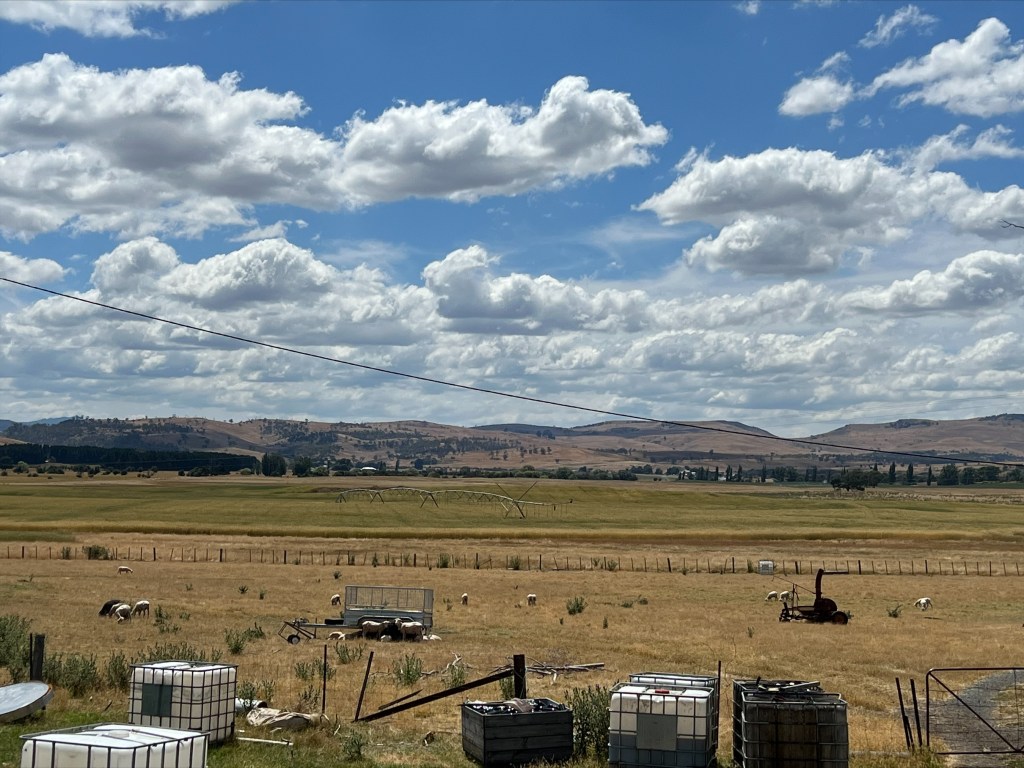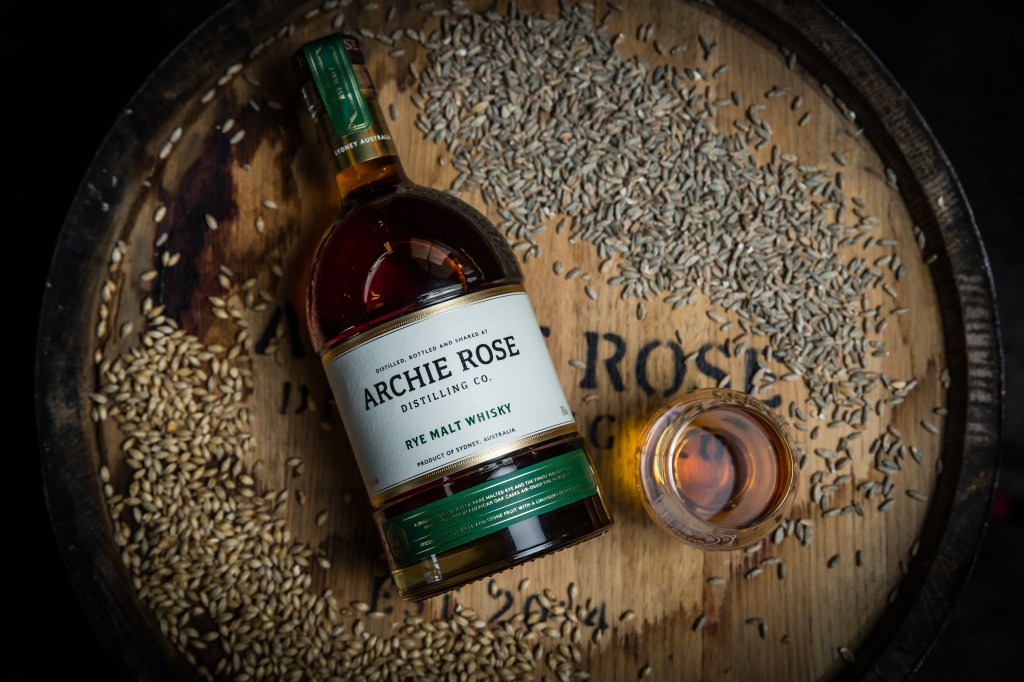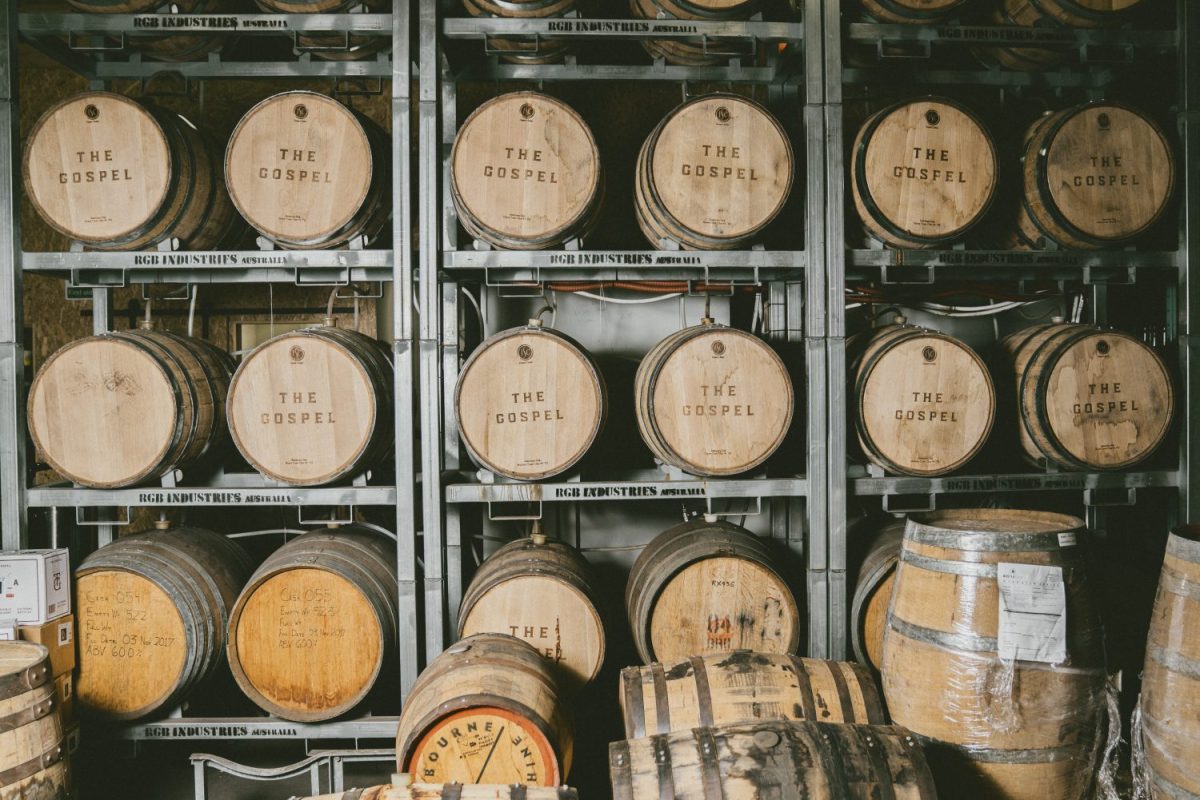A uniquely Australian style of rye whisky is emerging, and the category contains potential for liquor retailers.
Traditionally an American whiskey category, rye whisky is reasonably simple by definition. Like all whiskies, it is made with grain, but rather than barley or corn, it uses the hardy and spicy rye cereal as its base. Prior to Prohibition, rye was the number one whiskey in America, and provided the original base spirit for many classic cocktails.
Australian producers are no strangers to innovation, and once again, distillers in this country are pushing the envelope when it comes to rye, with local produce, bold techniques, new mashbills (grain recipes), and novel maturations.
This innovation is reflected in the commercial success of the subcategory, as Andrew Fitzgerald, (Founder of rye whiskey specialist, The Gospel) explains.
“Rye whiskey is the fastest growing whiskey category after flavoured whiskey,” he said.
Fitzgerald first entered the rye business after travelling around the US with Co-founder Ben Bowles, where they were tipped off to the spirit’s coming renaissance.
“Ben and I travelled the US extensively in 2016 and were told repeatedly by bartenders how much they loved rye and that rye was going to be the next big thing in whiskey,” he continued.
“In addition to this, I looked at the sustainability of growing rye here in Australia and it really does make sense – it grows where other grains struggle, it adapts to arid conditions and is often used by farmers to re-introduce nutrients into soils. It’s the battler of all the grains.”
The suitability of rye to Australia partly explains why local distillers have taken to the grain. Dave Withers, Master Distiller at Archie Rose, highlights this as a key point of difference between American and Australian produce.
“The first thing that makes our rye malt whisky distinctly Australian is the use of hyperlocal and heirloom varieties,” Withers said.
“Some of these varieties are unlike any others in the world. These grains grown in the red ochre earth under the big blue sky of regional Australia are distinctly ours, they are completely Australian.”
Belgrove Distillery, which has become synonymous with Australian rye whisky, takes this ‘hyperlocal’ approach to an extreme, as Marketing and Sales Manager Maan Mazen told National Liquor News.
“We are actually a zero kilometre whisky producer,” Mazen says.
“The taste of the land, the taste of the microclimate that this land provides you with, is actually quite evident in the taste [of the whisky] – it’s very distinctive.”

Towards an Aussie style
The particular production techniques employed by Australian distillers are creating a new and different style of rye whisky.
“We also make our whisky in a very different way from those of our US counterparts, blending homegrown and international production techniques to produce something we can be proud of,” Withers says.
“A ton of innovation has gone into our rye whisky – what could be more Aussie than innovation and ingenuity?”
Withers also told National Liquor News about the challenges that come with using this base material.
“Rye is, in many ways, a difficult grain to use to make whisky. It foams in the fermenter and is still difficult to mash because of the viscosity and is more expensive than other grains. We have broken our fair share of equipment (and distillers) making rye. But we persevere because the flavour is just so unique,” Withers explains.
“It gives a rustic spice and biscuit depth to a whisky that is hard to get from any other grain.”
Withers is sourcing the grain for this whisky from Voyager Maltings in Griffith, NSW, which provides Archie Rose with heirloom varieties of high quality rye. The distillery’s rye whisky is made with 75 to 80 per cent malted rye, with the remainder being malted barley.
The use of malted rye makes a significant difference to the eventual flavour of the spirit, as Withers illustrated, noting: “So many of the rye whiskies from abroad were made using raw rye and this made for a spicy style of whisky.
“We wanted to make something more elegant and refined so we used malted rye instead. This gives us delicacy and balance. It’s not all about the big pepper and chilli flavours that you get with whisky made from raw rye grain. Instead, we get more ginger and baking spices which make it a lovely whisky to sit with and enjoy neat or in a cocktail.”
The Gospel is also using local grains to give their spirit a unique quality and sense of place.
“Our whiskey in particular, has a grain character that is very reflective of the small dense rye grain that the Australian climate produces,” Fitzgerald comments.
“We use similar methods to distil and similar barrels (although often better quality barrels) to the US, but nothing compares to the distinctiveness of Mallee Rye.”
Peter Bignell, maverick Distiller behind Belgrove Distillery, also spelled out the methods behind his rye whiskies.
“We grow and malt our own rye onsite. Only about 15 per cent of the grain is malted, this gives much more rye driven characteristics than if we malted 100 per cent of the rye. With our mashing, we do a traditional sour mash where we leave the mash overnight to sour using the wild yeast and bacteria that live in our rye crop,” he says.
“It is quite different from American rye because I use 100 per cent rye grain and distil with direct flame.”
In comparison, American rye whiskies are often only 51 per cent rye in the mashbill – the minimum amount legally required for the spirit to be called a rye whiskey.
Direct flame distillation is a traditional, although now rarely practised whisky-making technique, which involves heating the stills with naked flames. Bignell says this technique produces unique flavours in the final product.
“Direct flame produces hot spots where maillard reaction occurs. Maillard reaction (browning) typically happens when food is grilled or cooked in a wok,” he said.
Maturation too, has a big impact, and distillers in Australia are freed from the restraining forces of regulation and tradition found in America.
“We have found that rye doesn’t take as long as malt whisky to become very drinkable. Some barrels are lovely and vibrant and drinkable at two years even in larger barrels, but there are also some barrels that are slowly improving at eight years. Our barrels are a mix of used bourbon, Pinot Noir and malt whisky,” Bignell comments.

Retailing rye
Not only does the localised production of Belgrove’s spirit ensure greater sustainability, it also assists in making the whisky a great value proposition for retailers and drinkers alike, according to Mazen, who also noted the brand is always open to ranging in smaller and independent retail.
“We don’t have overheads. If you’re importing your grains from the mainland, or from Scotland to make whisky – that’s a bizarre approach that will make your whisky vastly unaffordable,” Mazen said.
For Fitzgerald, rye offers a rare chance for retailers to appeal to two markets of whisky drinker at once.
“It’s a great ‘middle ground’ between single malt and bourbon. Its key selling point is that it’s not as sweet as bourbon but also not as savoury as single malt. It’s a great gateway to either of those categories,” he says.
And according to Fitzgerald, Australian rye helps round out a retailer’s holistic offering of global whiskies.
“Rye is fast becoming the ‘world whisk(e)y’ of choice with several countries now producing it. So I suggest stocking ryes from all over the place including; Germany, Denmark, Australia, UK and the USA,” he added.
Withers says that demonstrating the mixing potential of the spirit is a key means of engaging with customers. This also opens the opportunity for bundle purchases.
“In Australia, we are big whisky and mixer drinkers so offering up a whisky with just a splash of the mixer and some ice can be a good way to bring the ABV down and give people a unique flavour experience. Ginger ale is a great mixer with rye,” he said.
“Rye is a great spirit for many classic cocktails (think Old Fashioned, Manhattans and Boulevardiers). So, offering up recipe cards or ideas for how to mix with the rye can be a great approach. The customer might even buy a few more ingredients from your store to make up the drink.”


